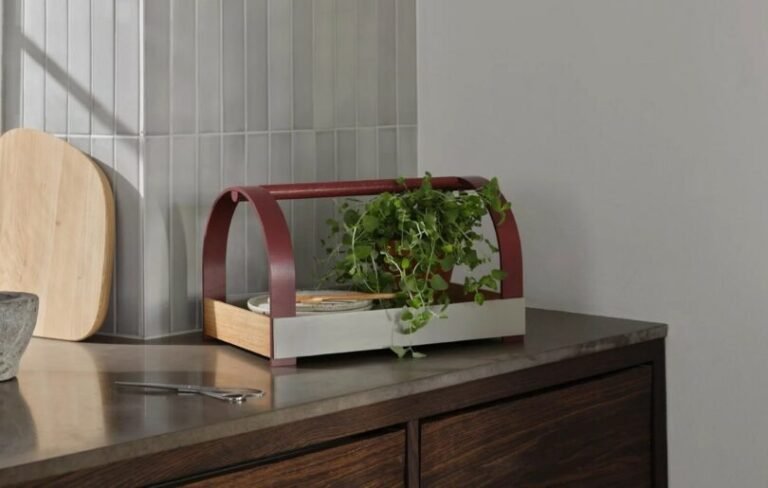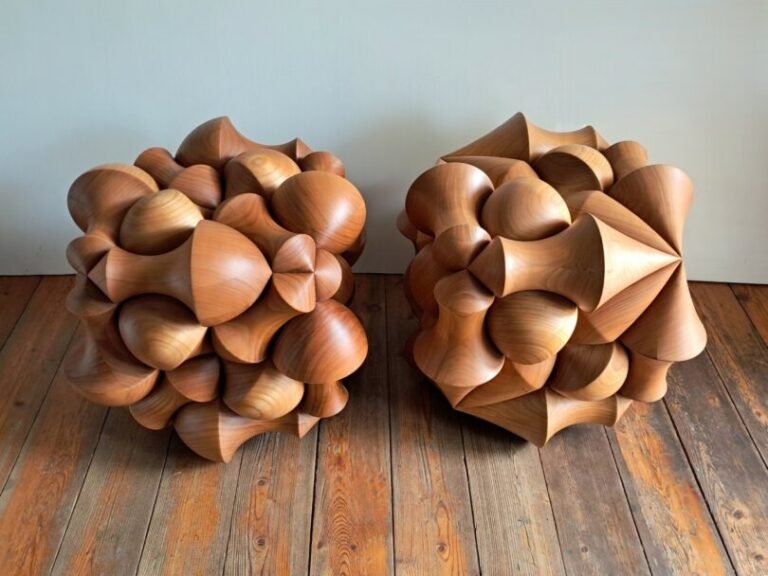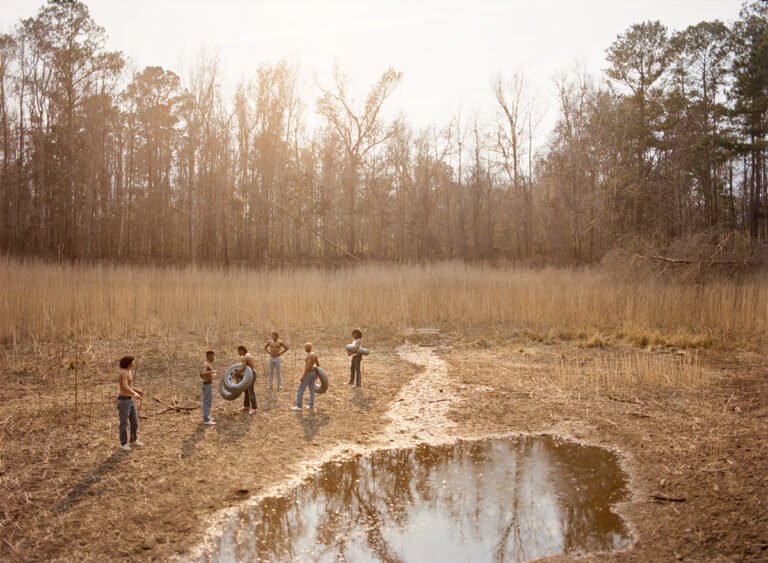

LONDON — Is it all a bit incongruous? Perhaps. The scene that greets my eye at the top of the spiraling staircase of Pitzhanger Manor, once the country residence of the architect Sir John Soane, built on the cusp of the 19th century, is a poster on a rather fragile-looking easel advertising a show of prints by the late Howard Hodgkin and a full-length bronze statue of Minerva, Roman goddess of commerce.
Minerva is grasping a spear and modeling a helmet. The print, which shows off a colorful spray of palm fronds, looks positively raffish and carefree by comparison. Are they squaring off to each other? Can Howard and his prints feel at home in a place like this? Let’s find out.
The exhibition begins on the ground floor, in a light-filled gallery space punctuated by three circular skylights, made all the jollier by insets of colored glass. This gallery — whose size reminds me of Howard’s old studio, a former dairy just a hop, skip, and a jump away from the glowering facade of the British Museum — stands just to the right of the manor house, connected to it by a colonnade. It started life as a kitchen (much fashionable entertaining went on in this home) and later became a library. In the 1980s it was turned into a gallery in the Sir John Soane-ish, late Georgian neoclassical style.

Of the exhibition’s 46 prints, it is here that we see the largest single gathering of them, 15 in total, organized in thematic groupings. The rest are dispersed across the house, through its rooms and corridors, on three floors — it’s quite an effort to locate them all — but these are the ones that make by far the greatest impression because of their size, high quality, and the way that their close clusterings allows them to be in intimate conversation with each other.
This large gallery is airy, spacious, and light-filled. It almost bleeds into the expansive park outside. Leading off from it is a much smaller one that is dramatically different in atmosphere and emotional impact. Gallery Two has no natural light. It displays a group of five paintings, including the very last one that Howard completed, “Portrait of the Artist Listening to Music” (2011–16). All are individually spot-lit, leaving the rest of the room in darkness.
The close proximity between the paintings and the prints causes a big problem for the latter. They look and feel like lesser things, less charged, less vitally alive, less emotionally persuasive.

Howard’s paintings often look very forceful, physically. This has much to do with their textures, which can be rough and granular and hard-worked. Howard painted on board and, like Kossoff and Auerbach, he went back again and again to a painting — it could take years before he let it go. Punishing it. Going at it. Working it over. Canvas would have given up the fight after a while.
What is more, he often let the paint spill or surge onto the frames as if, well, they just couldn’t help themselves. They had run amuck, like unruly children. Or they were unstoppable, a bit like the sea. The frames played their part, too; they were often rough diamonds, bought from some thrift shop, a bit rackety or knobbly. Rent boys of frames.
Howard always said, extremely emphatically, that his paintings were not abstract. To paraphrase his words, they were representations of emotional situations. But there was a bit of trickery at work here, too. He often does not fully name people in his works. He doesn’t quite want to give the game away. When he mentions “David” in a print hanging in the Small Drawing Room upstairs, we collude in pretending not to know that it’s David Hockney.

Downstairs, among this intimate cluster of paintings, we are in the thick of a fully declared friendship. A painting entitled “After Visiting David Hockney (second version)” (1991-92) is full of the most extraordinary plays of force and counter-force: furious tampings and bludgeonings and end-stoppings of brushwork, with an overarching swathe of color. It’s all a bit of a ruse then. Pretending to be shy. But not all of the time.
These five paintings, fiercely spot-lit against much surrounding darkness, look and feel like the real thing. This is Howard in full-flight mode. So when we drift back into the light-filled first gallery, we are faced with works that often look like variants on the paintings but lack for something — the original touch. Well, that’s not quite true: he did have a hand in them, but printmaking is a collaborative venture. They are all so calm and so smooth and so polite, these surfaces — everything looks so tidy and so salable. When you visited Howard’s studio during his lifetime, all the paintings were turned to face the wall, as if they didn’t want to declare their hands. Not so now and here. And these frames, oh dear, how neat and well mannered they look, such polite vessels of containment. They are keeping well away from the fury of the mark-making.
In fact, there is no textural fury of mark-making in this room, but more a reminder of it. All that’s in the darkness of the next room, which feels ever thickening, and ever more enclosing.





Howard Hodgkin: In a Public Garden continues at Pitzhanger Manor & Gallery (Ealing Green, London, England) through March 8, 2026. The exhibition was curated by Richard Calvocoressi.


